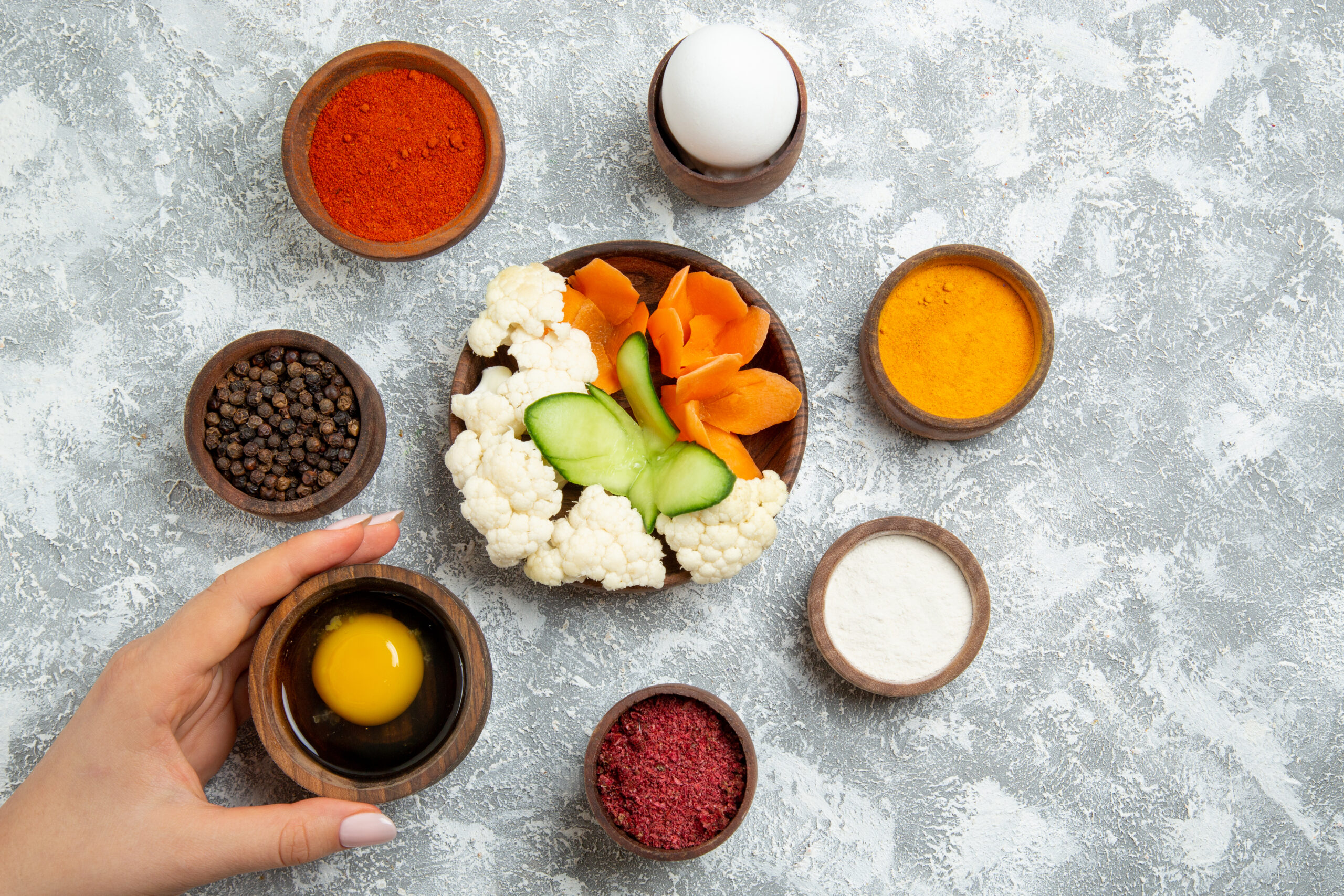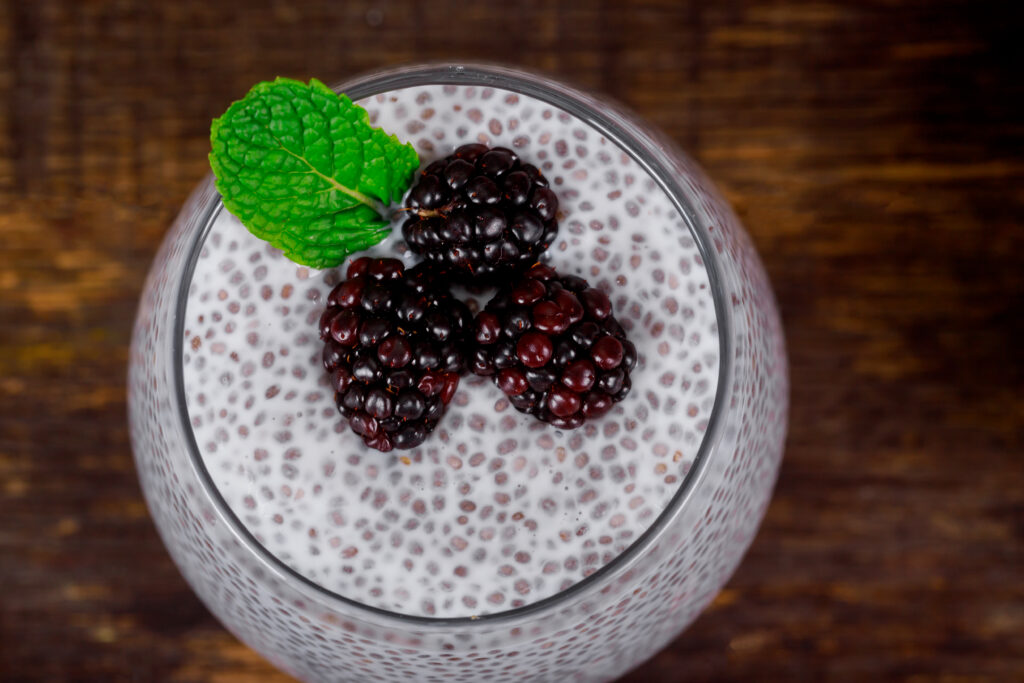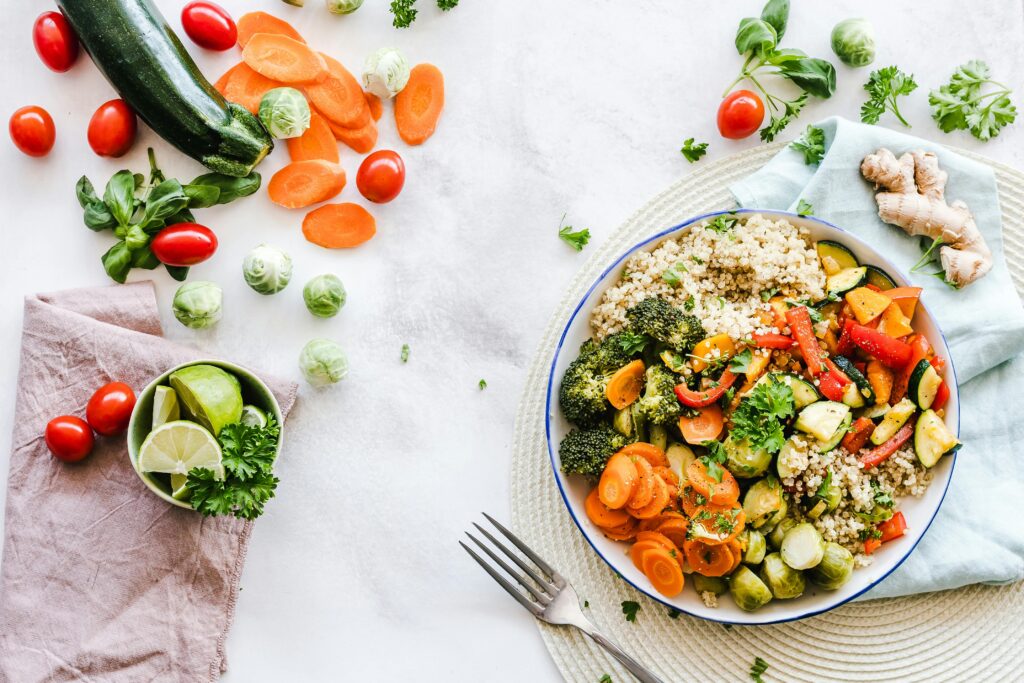75 Inspirational Bird Quotes: Wisdom from the Skies


Inflammation is a natural process that aids the body in healing and protecting itself from harm. However, chronic inflammation can lead to various health issues, including heart disease, arthritis, and certain cancers. Fortunately, incorporating specific foods into your diet can help reduce inflammation and improve overall health. This article explores practical ways to integrate anti-inflammatory foods into your daily meals, providing delicious recipes and useful tips to make healthy eating both enjoyable and effective.
Stocking your pantry with anti-inflammatory ingredients is the first step towards a healthier lifestyle. These foods not only help reduce inflammation but also add flavor and nutrition to your meals.

This warm and comforting soup is perfect for reducing inflammation and boosting your immune system.
This easy-to-make dessert is both nutritious and anti-inflammatory, thanks to its rich berry content.
Incorporating more fruits and vegetables into your diet doesn’t have to be boring. Here are some creative ideas to make them a staple in your meals.
Vegetable Stir-Fry: Use a variety of colorful vegetables like bell peppers, broccoli, and carrots. Stir-fry them with ginger and garlic for a quick, nutritious meal.
Fruit Smoothies: Blend your favorite fruits with spinach or kale, a scoop of protein powder, and almond milk for a refreshing drink.
Roasted Veggies: Roast a mix of root vegetables like sweet potatoes and beets with olive oil and rosemary for a delicious side dish.

The Mediterranean diet is renowned for its heart-healthy benefits and its ability to reduce inflammation. It emphasizes whole grains, fruits, vegetables, nuts, and healthy fats.
Proper storage techniques can help maintain the nutritional value of anti-inflammatory foods and extend their shelf life.
Fresh Produce: Store leafy greens and berries in the refrigerator’s crisper drawer to keep them fresh longer. Use breathable bags or containers.
Freezing: Freeze berries and chopped vegetables in a single layer on a baking sheet before transferring them to airtight bags. This prevents clumping and preserves their texture.
Herbs: Chop fresh herbs and freeze them in ice cube trays with olive oil for easy use in cooking.
Reheating foods can sometimes lead to nutrient loss. Here are some techniques to maintain the nutritional integrity of your meals.
Steaming: Use a steamer or a microwave with a damp paper towel to gently reheat vegetables and retain moisture.
Oven Reheating: For casseroles and baked dishes, cover with foil and heat in a low oven to prevent drying out.
Stovetop: Reheat soups and stews over low heat, stirring occasionally to ensure even warming without burning.
By incorporating these foods and techniques into your lifestyle, you can effectively reduce inflammation and enjoy a healthier, more vibrant life. With a focus on whole, nutrient-dense ingredients, these recipes and tips offer practical ways to enhance your diet and well-being.